Root System Of Conifers
Root system of conifers. Northern Research Station Roslin Midlothian Scotland EH25 9SY UK and 2 Arboretum Department of Botany Dendrology and Forest Genetics Royal Veterinary and Agricultural University Kirkegardsveg 3 A DK-2970 Horsholm Denmark. Tamaracks and Larches Larix species are deciduous conifers. The tree is about 7 meters high and about 5 meters from the building.
Although conifer roots are shallow they spread up. Forms vary from columnar and fastigate to dome-shaped low-growing and even weeping always with a shallow fibrous and spreading root system. I hate it as it blocks our view of the road and as many parts of it are brown it looks ugly.
For container-grown trees make 2-inch-deep cuts all the way down the ball on all four sides to interrupt the established circular direction of the root growth and allow for new roots to spread out. See full answer below. You should also make sure you check the size of the mature tree not the size at the time of planting.
The interaction between root architecture and soil type is important for the robustness of the root system such that roots resist bending more effectively as rooting depth soil density and. Nicoli1 Forestry Commission Research Agency. They are usually highly susceptible to high winds because their roots do not firmly secure the conifer in the ground.
Most ornamental conifers as grown and sold through the Laurels have a fine but profuse root system this root system anchors the tree to the ground and supplies. Most conifers have widespread shallow root systems. When replanting conifers wrap the root ball in a sack like a nappy and place it into the new hole and then remove the sack.
They are also vulnerable to disturbances of the grounds surface which can affect vital roots just underneath. See full answer below. Remove bare-root plants from the water.
Older conifers are often protected by fences to prevent damaging. Soak the root system of bare-root conifers in air-temperature water for about four hours.
Cut off any roots that are dead or damaged using a clean.
Forms vary from columnar and fastigate to dome-shaped low-growing and even weeping always with a shallow fibrous and spreading root system. Conifers are also famed for their distinctly scented resin which is secreted from the trunk and branches to protect the tree against attack by insects and avoid fungal infection of wounds. See full answer below. Older conifers are often protected by fences to prevent damaging. Both work and well. The roots of conifers are shallow and spread wide around it unlike taproot systems where a primary root goes. The root system is usually shallow fibrous and spreading. A repeat application can be applied in a fortnight or so. Yes most conifer species have invasive roots.
As with spring planting of bare-root seedlings initial survival depends on the regeneration of a fine root system to replace the roots that died or were lost during the lifting process. Northern Research Station Roslin Midlothian Scotland EH25 9SY UK and 2 Arboretum Department of Botany Dendrology and Forest Genetics Royal Veterinary and Agricultural University Kirkegardsveg 3 A DK-2970 Horsholm Denmark. Most ornamental conifers as grown and sold through the Laurels have a fine but profuse root system this root system anchors the tree to the ground and supplies. Conifers also tend to have shallow roots. Some of the larger conifers will have larger roots appear at ground level making it difficult to mow although grass will rarely grow there or people could trip over them. Forms vary from columnar and fastigate to dome-shaped low-growing and even weeping always with a shallow fibrous and spreading root system. Considering this do conifer roots grow.







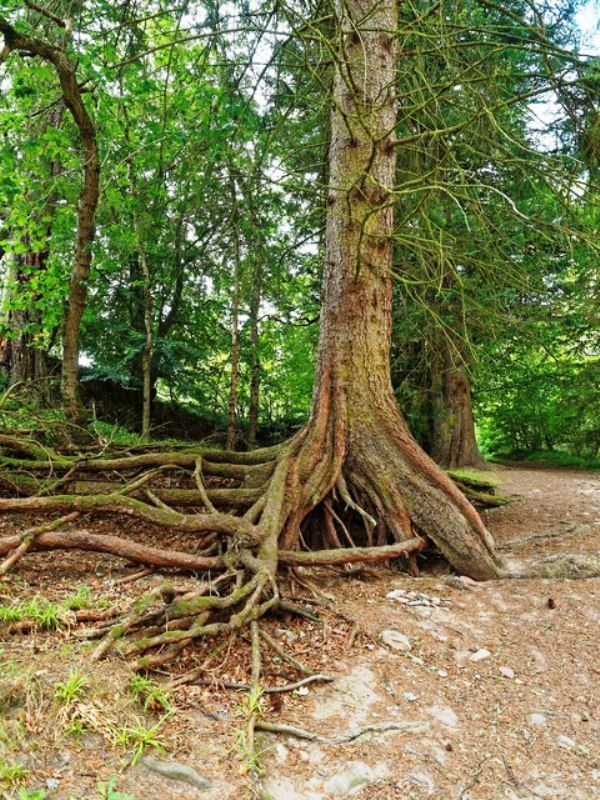







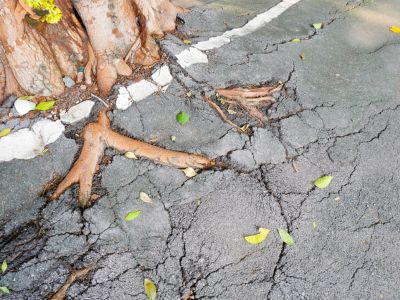









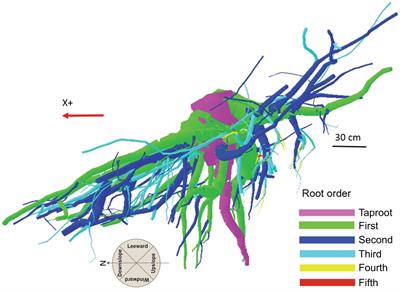
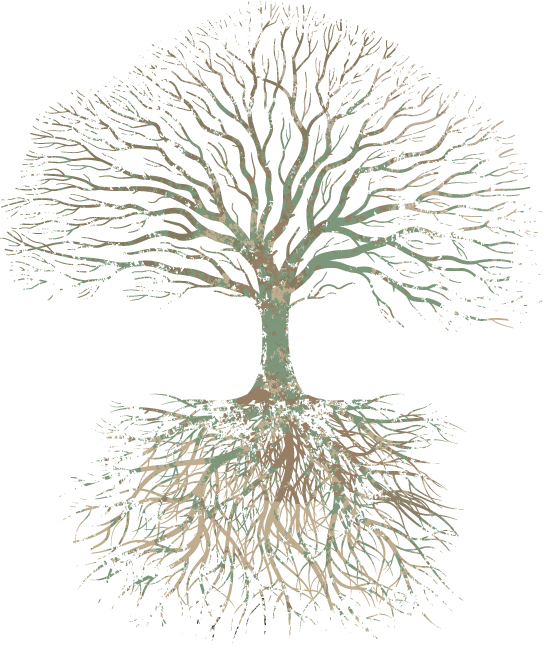
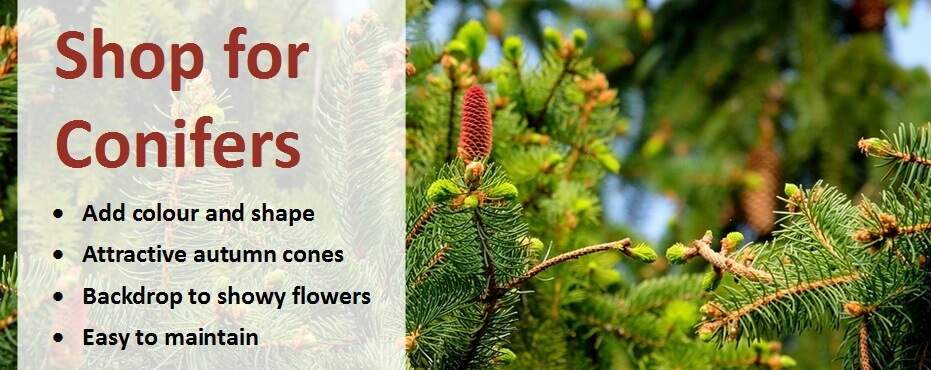

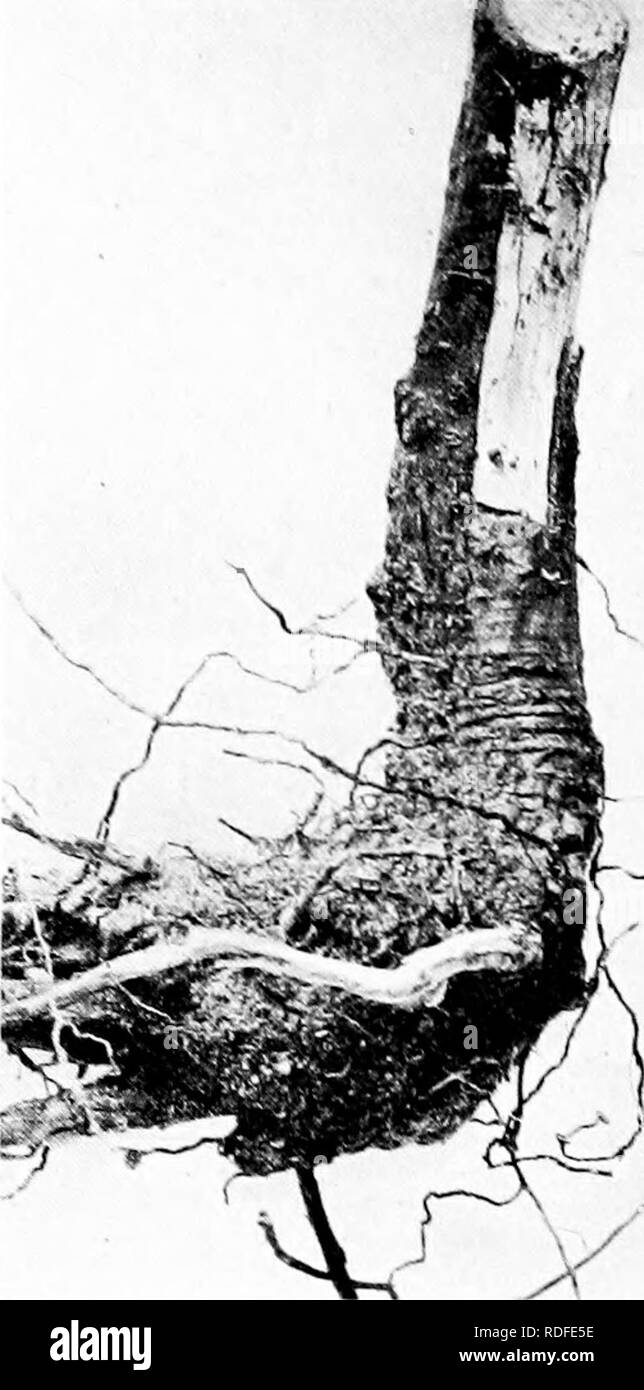
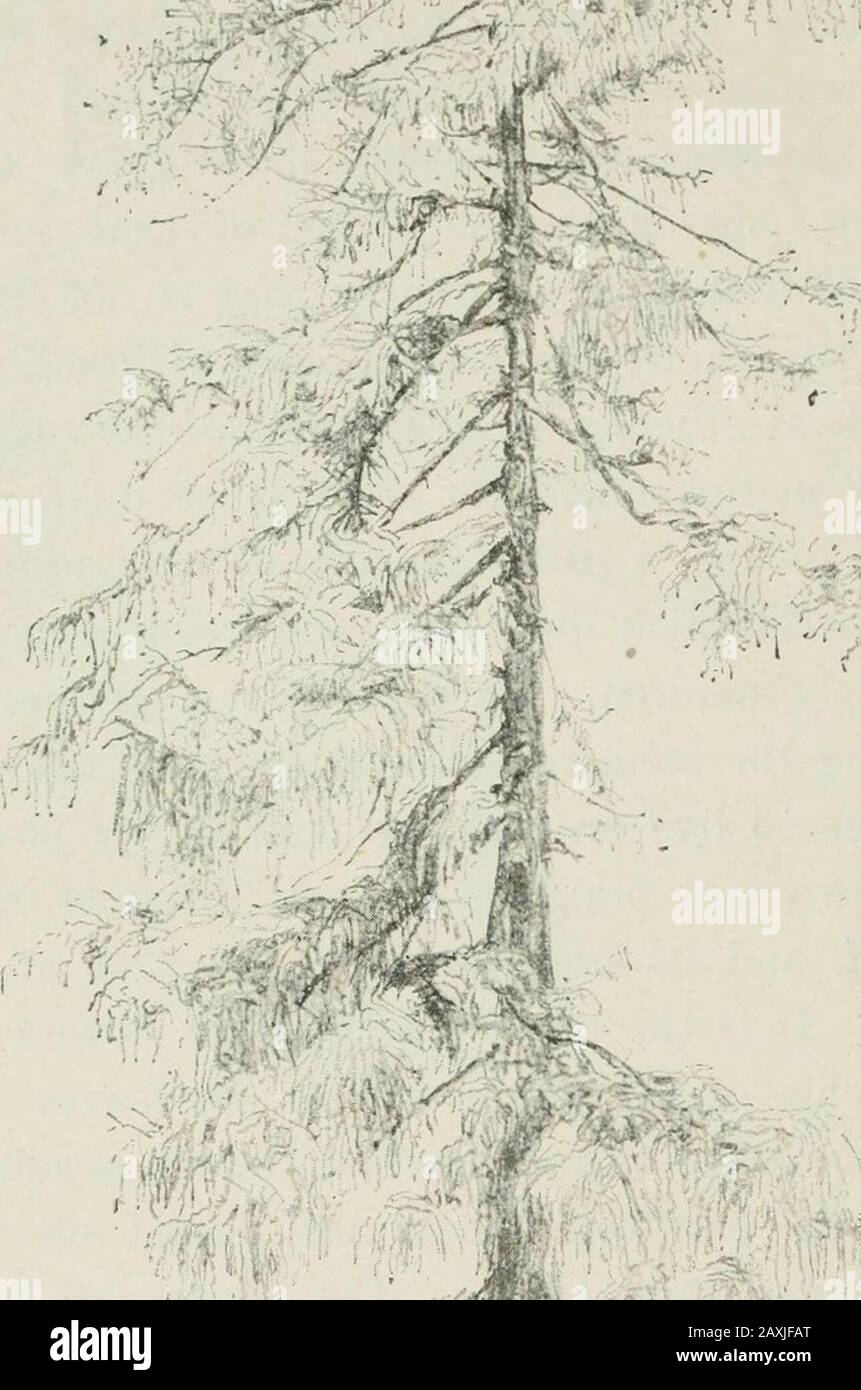


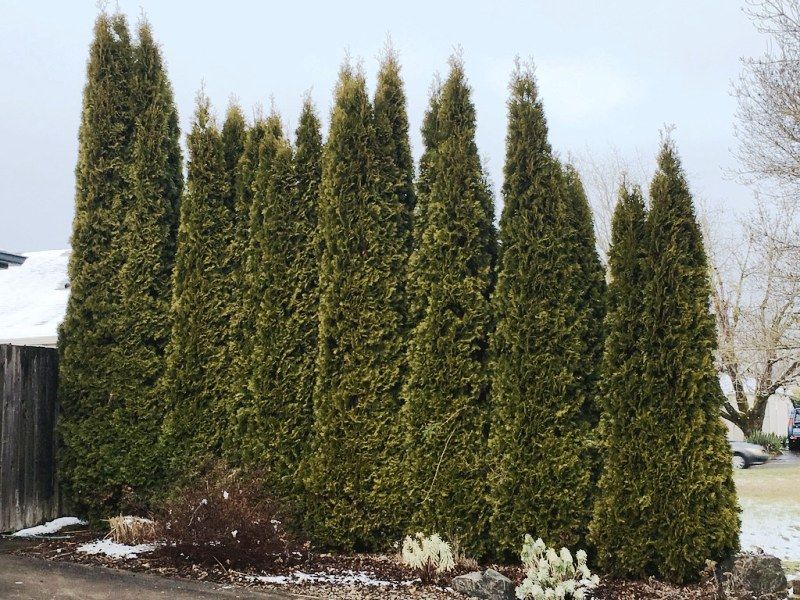

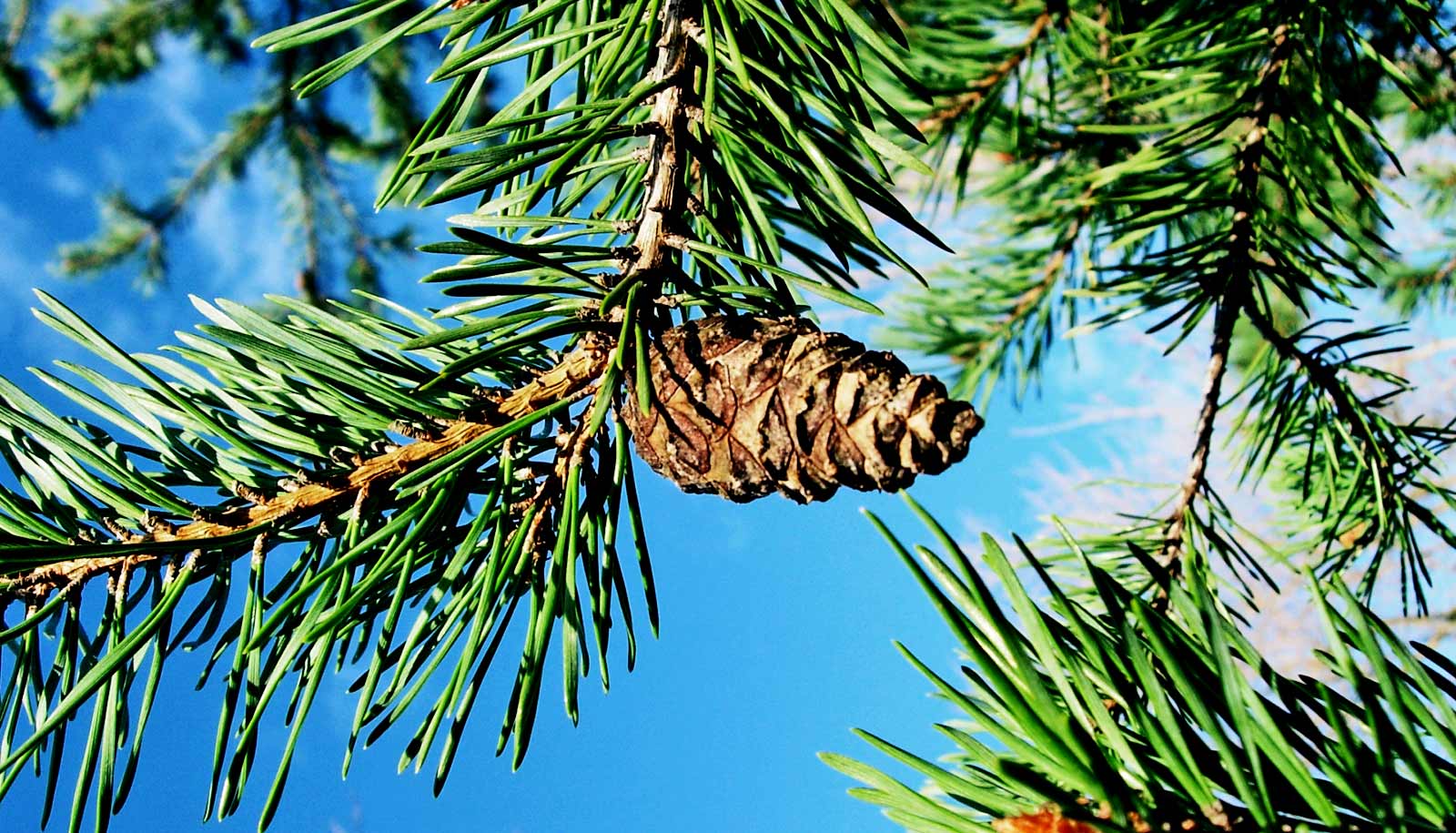
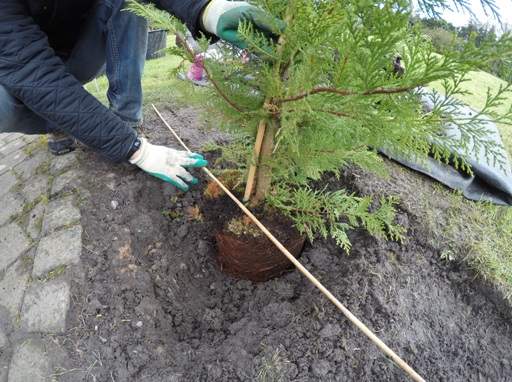
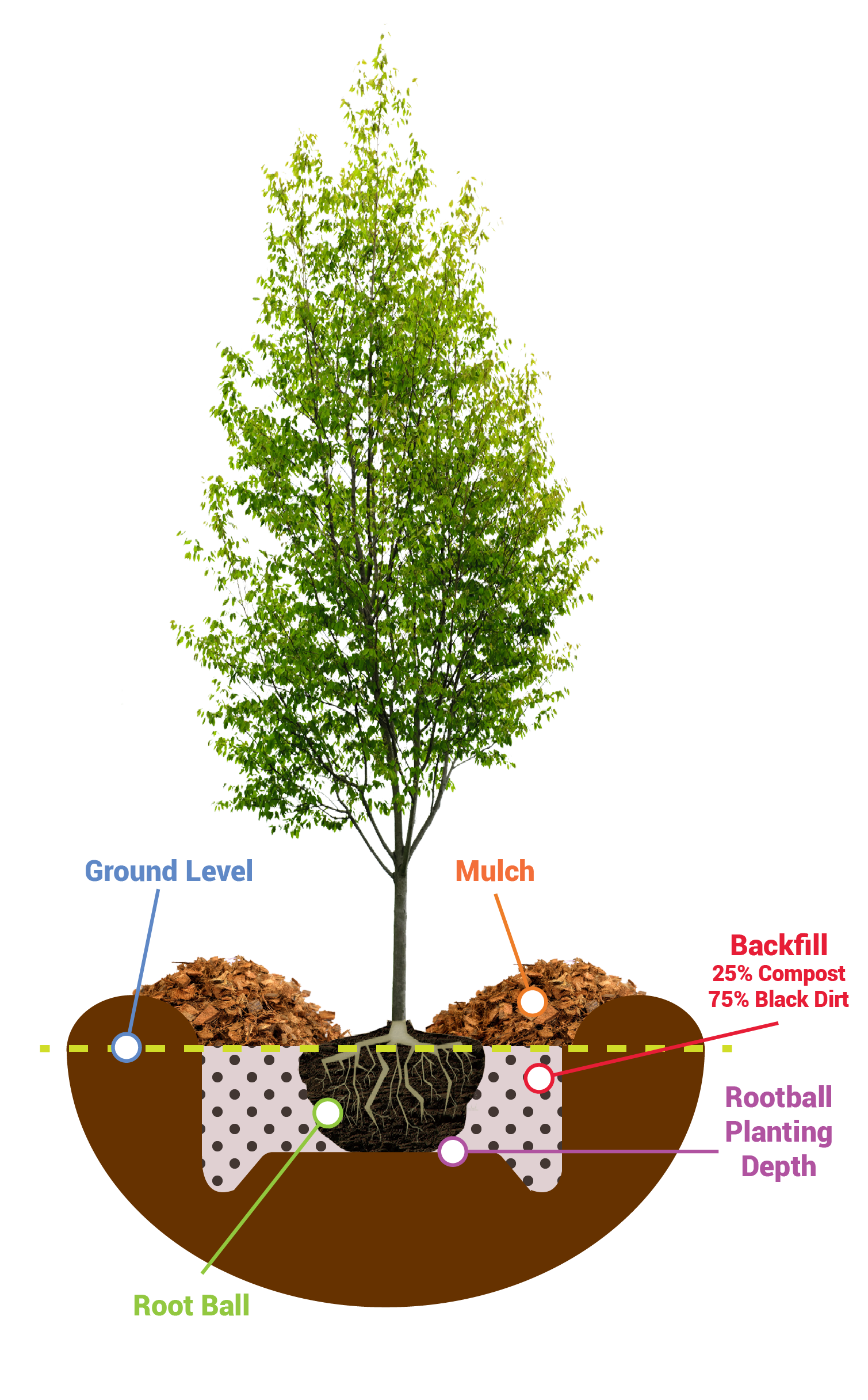
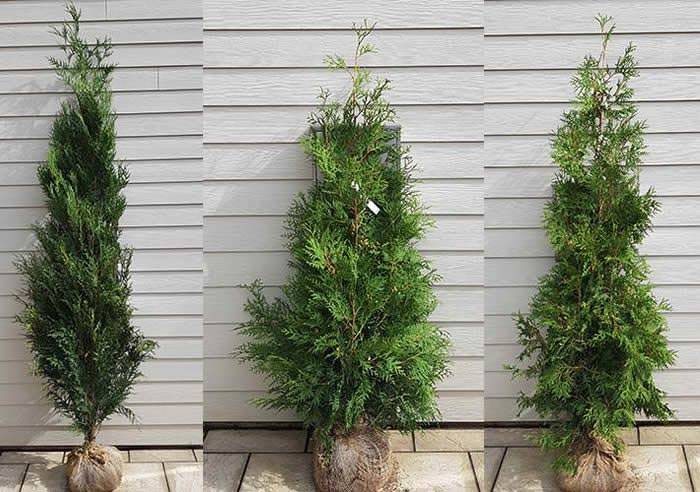


Post a Comment for "Root System Of Conifers"